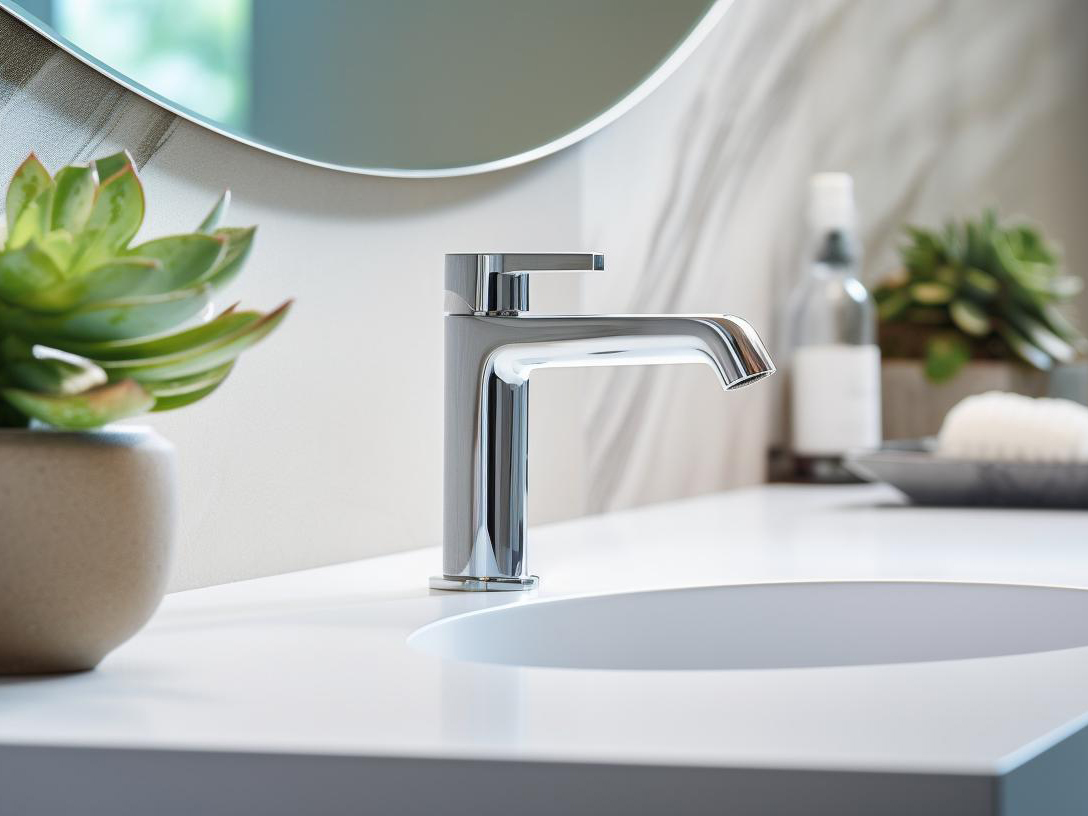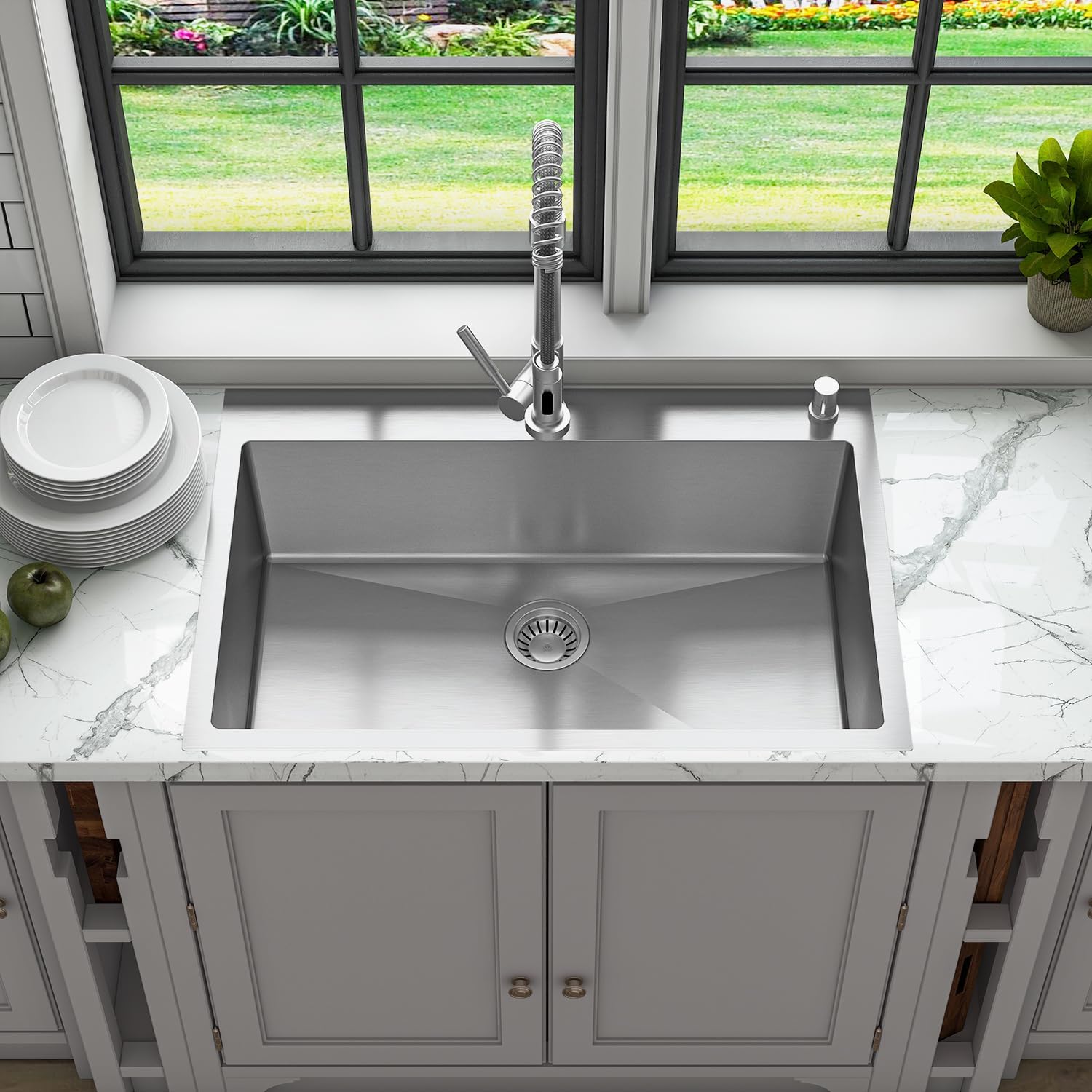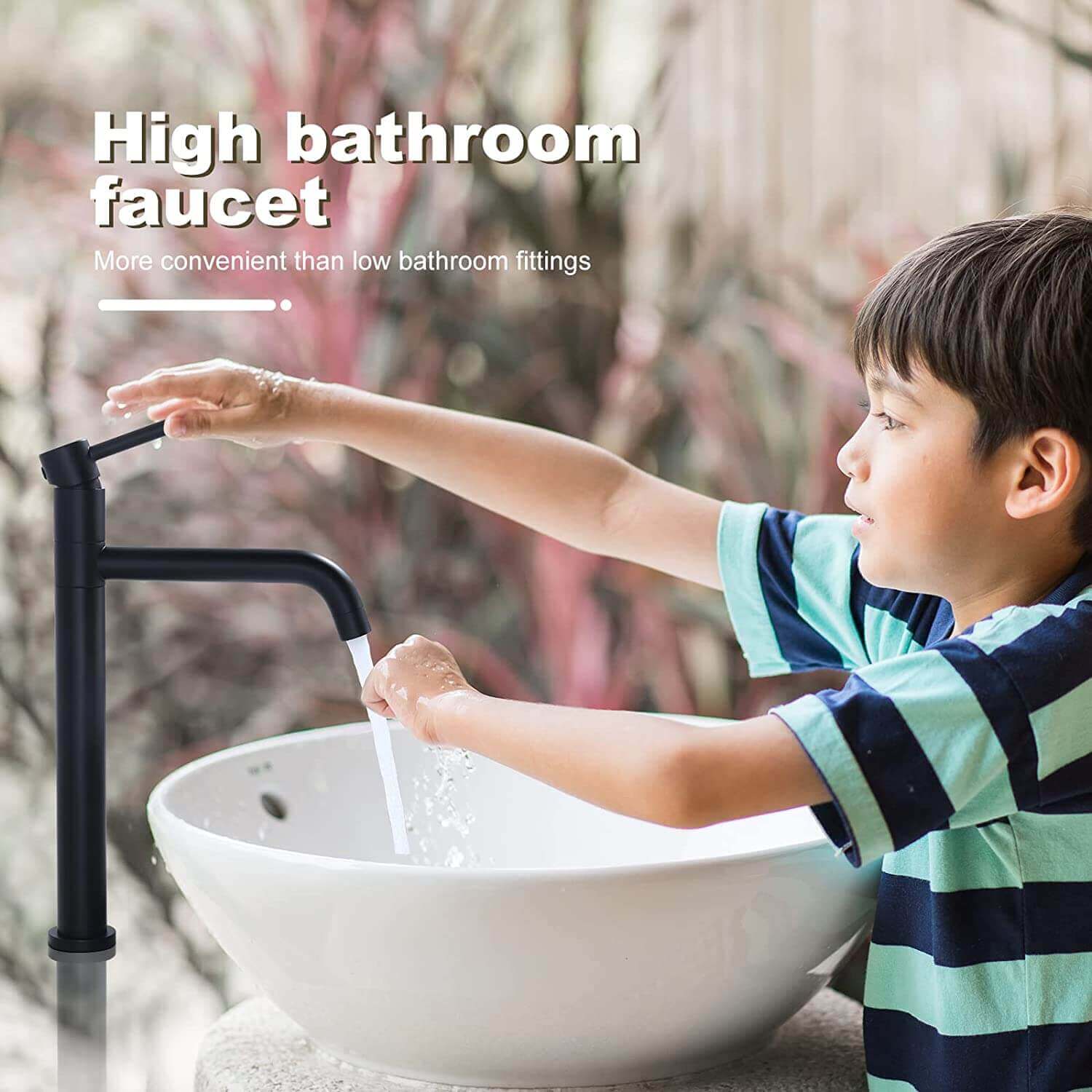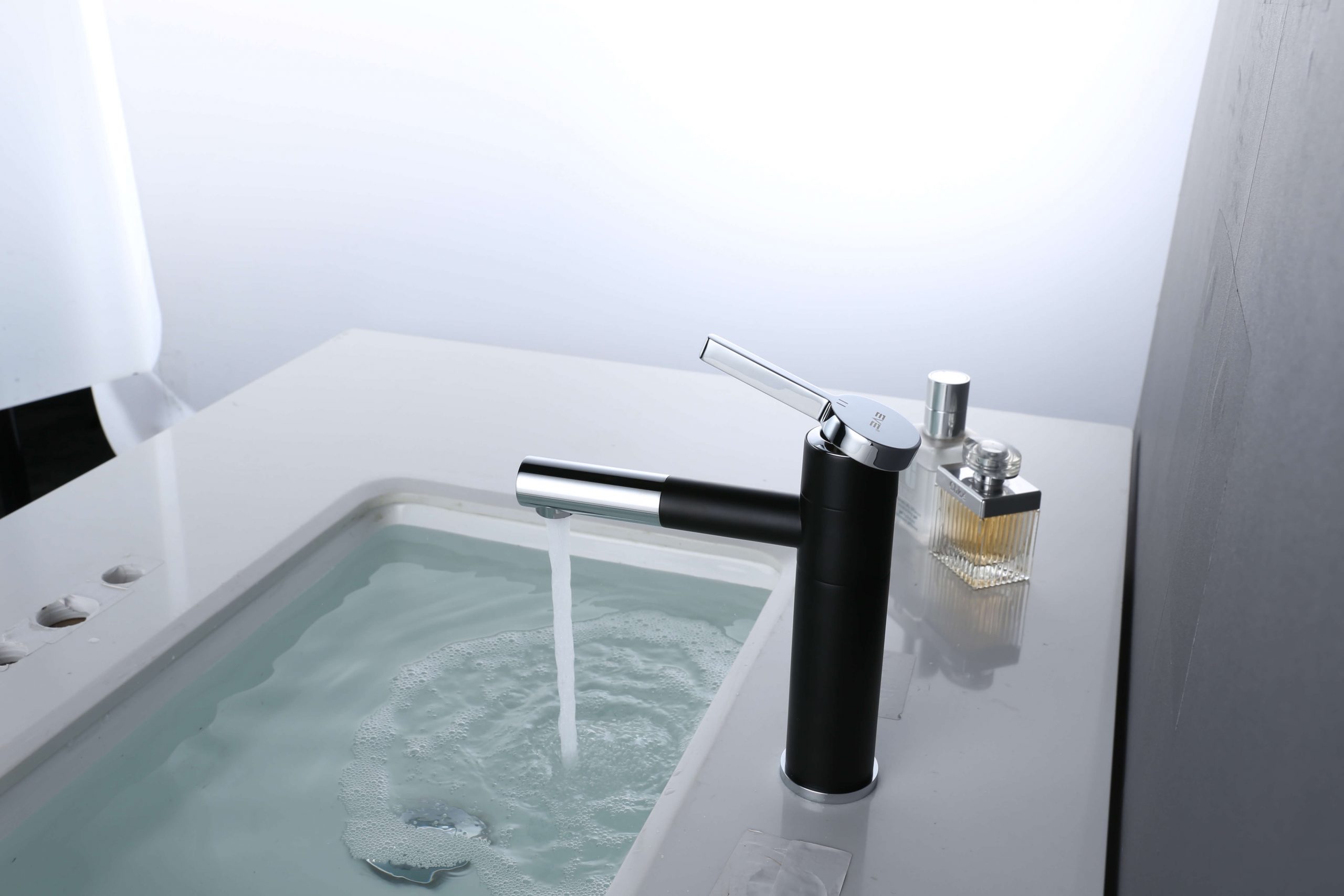Introduction:
In the world of plumbing, terminology can sometimes be a source of confusion, especially when it comes to common fixtures is a faucet a tap. Are they synonymous, or do they have nuanced differences? In this exploration, we aim to unravel the linguistic tapestry surrounding is a faucet a tap delving into their historical roots, regional variations, and the technical distinctions that set them apart.
Defining Terms:
To embark on this journey, it’s essential to establish clear definitions for is a faucet a tap
- Faucet: In the context of plumbing, a faucet refers to a device that controls the flow of water from a pipe. Typically mounted above a sink or a basin, a faucet consists of a spout and handles (or a single lever) to regulate the water temperature and flow. The term “faucet” is commonly used in American English.
- Tap: The term “tap” is used in British English to describe a device that performs the same function as a faucet. Like a faucet, a tap controls the release of water from a pipe. It often includes a spout and handles or a lever for adjusting water flow and temperature. While the function is identical to that of a faucet, the terminology varies based on regional language preferences.
Historical Evolution:
The historical evolution of these terms sheds light on their divergent paths, influenced by linguistic traditions and geographical distinctions.
- Faucet: The term “faucet” has its roots in Latin, where “faucēs” means “throat” or “narrow passage.” The Old French word “fausset” referred to a cask or barrel stopper, which eventually evolved to encompass the modern sense of a water control device. As English evolved, “faucet” became the preferred term in American English.
- Tap: The word “tap” has a Germanic origin, with the Old English word “tæppa” referring to a peg or stopper. Over time, it came to signify a device for drawing liquid, such as a tap for a cask of ale. This term gained prominence in British English and has persisted in the United Kingdom and other Commonwealth countries.
Technical Distinctions:
While the terms “is a faucet a tap” may be used interchangeably in everyday conversation, there are technical distinctions that can vary based on design, functionality, and regional standards.
- Design and Shape: Faucets and taps can exhibit different design features based on cultural and regional preferences. In some cases, a faucet may have a more contemporary or industrial design, while a tap might incorporate more traditional or Victorian elements. However, these design differences are not universal, and many modern fixtures blur the lines between the two.
- Functionality: Both faucets and taps serve the primary function of controlling water flow, but the specific mechanisms for achieving this can vary. Some regions may use the term “tap” to describe fixtures with a specific design or function, while “faucet” may be associated with a different style or technology.
- Regional Variations: The choice between “faucet” and “tap” often depends on the regional dialect and language conventions. In the United States and Canada, “faucet” is the more commonly used term, whereas in the United Kingdom, Australia, and other Commonwealth countries, “tap” prevails. These regional distinctions highlight the dynamic nature of language and the influence of cultural factors.
Cultural Influences:
Cultural influences play a significant role in the terminology associated with plumbing fixtures. Cultural preferences, historical practices, and linguistic traditions contribute to the variation in the use of “is a faucet a tap” As we navigate the waters of linguistic diversity, the terms “faucet” and “tap” emerge as linguistic sailors, each with its distinct course and cultural compass. While the technical differences may be subtle, the historical evolution, design nuances, and regional influences contribute to the rich tapestry of language.
- American Influence: In the United States, the term “is a faucet a tap” is deeply entrenched in the language and is the standard reference for water fixtures. This influence extends to Canada and other regions where American English is prevalent.
- British Tradition: In the United Kingdom and Commonwealth countries, the term “tap” is steeped in tradition and is the preferred nomenclature for water fixtures. This linguistic convention reflects historical practices and the enduring influence of British English. Conversely, the term “tap” is steeped in British tradition and has become an enduring part of the linguistic landscape in the United Kingdom and many Commonwealth countries. This linguistic choice reflects historical practices and the ongoing influence of British English.
- Global Interplay: In an interconnected world, language and terminology are not static. Globalization, media influence, and cultural exchanges contribute to a blending of terms, and it’s not uncommon to find both “is a faucet a tap” used interchangeably, even within the same region.
- In a world marked by globalization, media influence, and cultural exchanges, language is dynamic. Both “is a faucet a tap” may be used interchangeably, reflecting a blending of terms and the cross-cultural nature of modern communication.
is a faucet a tap
In the intricate tapestry of language and plumbing fixtures, the terms “faucet” and “tap” are both woven into the fabric of everyday communication. While they refer to the same essential device, their usage is shaped by historical, cultural, and regional factors. Whether you’re discussing a faucet in an American kitchen or a tap in a British bathroom, the fundamental purpose remains unchanged: to control the flow of water.
In the quest to understand these terms, it’s essential to appreciate the fluidity of language and the ways in which cultural nuances contribute to linguistic diversity. So, the next time you turn the handle to release water, whether you call it is a faucet or a tap, remember that the essence of the fixture transcends the words we use to describe it. In the lexicon of plumbing fixtures, the choice between “faucet” and “tap” is not merely a matter of semantics but a reflection of cultural identity and historical legacy. So, whether you find yourself turning a handle labeled as is a faucet a tap, remember that these fixtures are vessels that transcend the words we use to describe them, connecting us through the universal flow of water and the fluidity of language.







